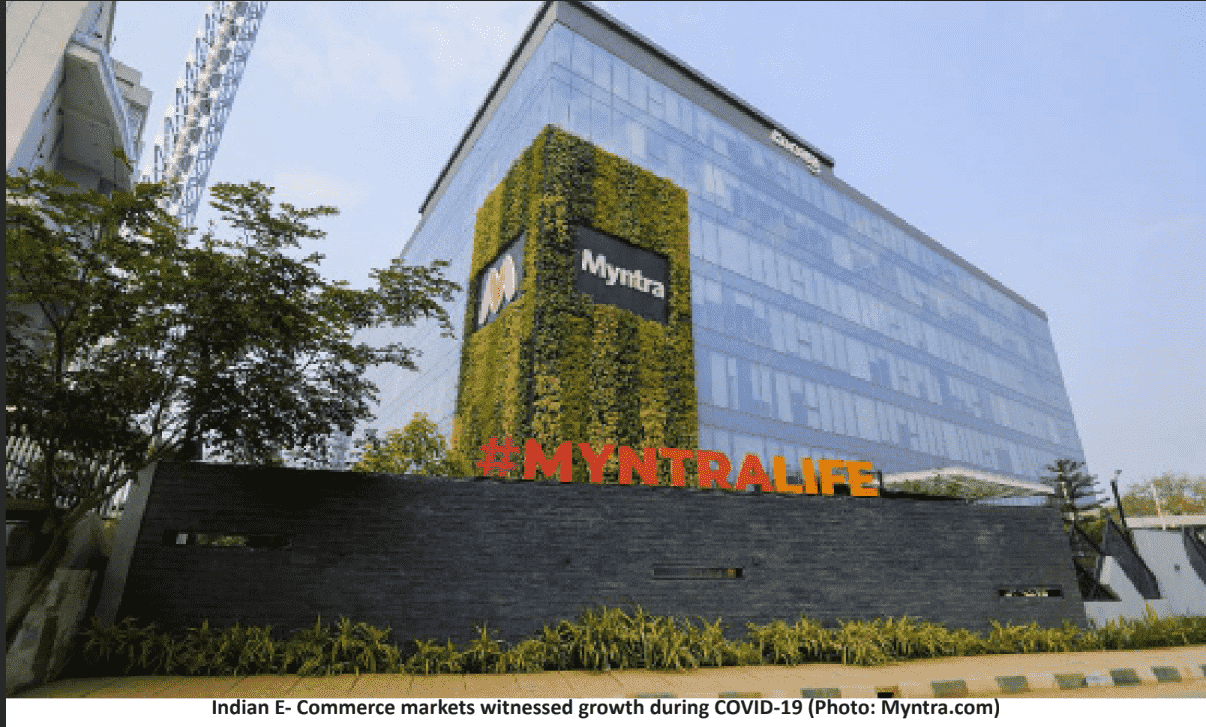
The e-commerce industry in India has witnessed a boom since the onset of the COVID-19 pandemic. With no way to visit stores to buy the items that were required, people slowly started turning to the alternatives that were available. Due to this, the e-commerce market in India grew massively. Necessitating the use of technology for shopping, seasoned online shoppers were urged to buy more, along with millions of others entering the space for the first time ever. Despite the reopening of physical stores after two years of the pandemic, the growth of the e-commerce industry doesn’t seem to be slowing. This is because the past two years have enabled shoppers to purchase at their own ease online, making the shopping experience a lot more convenient. Purchases are made from the comfort of their homes and can easily be returned or exchanged, if found unsuitable. The world of e-commerce also provides a multitude of options, which is something traditional methods of in-store shopping are unable to replicate. Digital shopping has now become a lifestyle of people in India. Services from companies like BigBasket, Myntra, Amazon, etc. have seen a rise in the two pandemic-ridden years. Apart from the pandemic, other reasons that led to the growth in the e-commerce industry are the increase in smartphone and internet penetration within the country. Driven by the ‘Digital India’ initiative, the cumulative number of internet subscribers in India was 830 million in 2021. Flipkart and its subsidiaries like Myntra hold 60% of the Gross Merchandise Value (GMV) during festival season shopping, consolidating their place in the e-commerce market. Amazon, on the other hand, has focused on its outreach to local shops like ‘kiranas’ in the country, allowing shoppers to get the goods they want, at affordable prices and with quick delivery times. All e-commerce platforms are doing their best to ensure that they are one step ahead of their competitors. They have also significantly contributed to the growth of the Micro, Small & Medium Enterprises (MSMEs) sector in the country, making a wide range of products available on a single platform. Tier-II cities in the country have turned out to be the driving force behind the growth of the e-commerce industry. Many of these companies are relentlessly investing to make the shopping experience more seamless for their consumers. All in all, the e-commerce industry in India is witnessing a steady boom, with the driving forces being aspects like digital literacy, convenience, choice and investment. While the economy at large was throttled by the pandemic, a new era of shopping also took hold during this phase that now only seems to be growing.
Looking ahead, the e-commerce market in India is expected to grow to an unprecedented $188 billion by 2025, from a mere $46.2 billion in 2020. A handsome 21.5% growth is anticipated for the e-commerce industry in the country in 2022.
10 May 2022
Aadhya Venkatesh